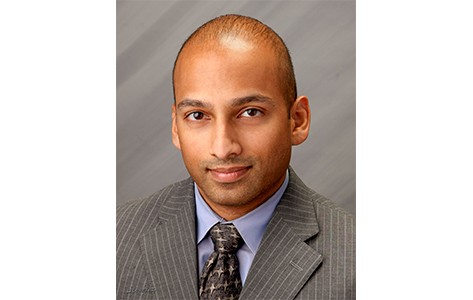Are there any new developments in surgical management of chronic (long-lasting) sinus problems?
The most important step in managing chronic sinus problems, such as chronic sinusitis, chronic nasal allergies, chronic runny nose (nasal drip), chronic “sinus headaches,” etc., is a proper evaluation in the office by a board-certified Otolaryngologist (Ear, Nose and Throat, or ENT doctor). An ENT doctor can supplement the care you receive from your primary care physician or allergist and can help to manage the more difficult sinus conditions. In the vast majority of cases, an ENT doctor can help you avoid any surgical procedures at all.
There are several additional treatment options for management of chronic sinus problems since I last wrote to you in 2013. At that time, I mentioned several advanced sinus techniques. One was computerized sinus image guidance, which serves as a real-time “road-map” during sinus procedures to make procedures safer and more efficient. Another technique I mentioned was Balloon Sinuplasty, which allows a minimally invasive way to drain blocked sinuses. Both techniques are standard parts of my practice. Additional refinements of the equipment used to perform these techniques since 2013 have made them even more efficient.
For chronic runny nose, a newer technique called Vidian Nerve Cryoablation is currently being offered. This is a minimally invasive technique offered to patients for whom conservative treatment has failed. In this technique, a device is used to ablate, or partly disable, a nerve at the back of the nose which sends a signal into the nose making it secrete mucous. The technique has been shown to significantly improve runny nose and nasal drip symptoms.
For chronic nasal congestion, both office-based and surgical techniques are available to decrease congestion in the nose. Nasal congestion is often due to swelling of structures in the nose called the turbinates. The turbinates are ridges in the nose that normally humidify and moisturize the air in the nose. In certain individuals, these structures are inappropriately swollen and inflamed. A technique called submucous resection can shrink the turbinates, while preserving their ability to moisturize and humidify the air in the nose, thus preventing “dry nose,” a frequent complication of older techniques.
Medical treatments are constantly advancing, and there are now treatments for other ENT problems what were once considered extremely difficult (such as chronic ear pressure).
- Shashidhar Reddy, MD, MPH is Board-Certified in Otolaryngology by the American Board of Otolaryngology and a Head and Neck Surgeon at Atlantic Health System’s Hackettstown and Newton Medical Centers
Source: New Jersey Herald
